Chinese massage therapy is an ancient practice rooted in traditional Chinese medicine (TCM). Unlike Western massage, which primarily focuses on muscle relaxation, Chinese massage aims to balance the body’s energy, known as qi, by working with meridian pathways. This type of massage is an effective treatment for various conditions, including chronic pain, stiffness, and arthritis. By using techniques like tui na, acupressure, and cupping therapy, Chinese massage offers deep healing, relaxation, and pain relief. Whether performed by a skilled Chinese massage therapist in a spa setting or in a clinical environment, these massage techniques can promote overall wellness by improving circulation and restoring the body's natural balance.
Types of Chinese Massage Therapy
1. Tui Na Therapy
Tui na, or Chinese tuina, is one of the most well-known Chinese massage techniques. It uses deep kneading, joint manipulation, and pressure points to relieve pain and reduce stiffness. A skilled massage therapist will apply pressure to specific areas to release tension and promote the flow of qi throughout the body. Unlike Swedish massage, tui na therapy is usually applied to treat musculoskeletal and chronic conditions rather than just for relaxation.
2. Acupressure Massage
Acupressure is used to alleviate various ailments by targeting specific points along the body's meridian pathways. The therapist will apply direct pressure to these points to relieve tension and stress. Similar to shiatsu, acupressure stimulates energy flow and helps with conditions like chronic pain, gastrointestinal issues, and arthritis.
3. Gua Sha
Gua sha involves using a smooth-edged tool to create heat and stimulate qi movement. The technique includes rotating or scraping motions along the skin, which helps with injured muscles, joint mobilizations, and improving circulation. Many clients report feeling calm and relaxed after a gua sha session.
4. Cupping Therapy
Cupping therapy involves placing heated cups on the skin to create suction. This method helps release tension, promote healing, and reduce pain by increasing blood circulation. Often combined with Chinese herbal remedies, cupping therapy is an effective treatment for chronic pain, lower back pain, and physical conditions related to muscle strain.
5. Reflexology
Reflexology is a type of massage that focuses on applying pressure to the feet, hands, and ears. By stimulating these areas, reflexology can promote overall wellness and help with chronic conditions by encouraging the body’s energy to flow freely.
Benefits of Chinese Massage Therapy
1. Relieves Chronic Pain
Chinese massage is used in Chinese massage therapy to address chronic pain and muscle stiffness. Techniques such as deep-tissue massage, gua sha, and acupressure work together to target injured muscles and help with joint mobilizations.
2. Enhances Relaxation and Reduces Stress
A good massage therapist understands how to use pressure to stimulate the body's natural healing process. Regular massage sessions can leave clients feeling calm and relaxed, improving mental well-being.
3. Improves Blood Circulation
By stimulating pressure points, Chinese massage therapy supports blood circulation and overall cardiovascular health. This is particularly beneficial for those suffering from physical conditions such as arthritis.
4. Supports Injury Recovery
Many athletes and individuals suffering from chronic conditions seek massage therapy to heal injured muscles and alleviate muscle tension. Chinese remedial massage is widely used to speed up recovery and prevent further strain.
5. Promotes Energy Flow and Qi Balance
Since traditional Chinese massage is deeply connected to traditional Chinese medicine (TCM), it works to enhance qi movement throughout the body. This helps in promoting healing and maintaining good health.
What to Expect During a Chinese Massage Session
1. Preparing for Your Massage
Before starting a session, it’s important to inform the therapist about any medical conditions, injuries, or pain points. Whether you're seeking relief for neck and shoulders, lower back pain, or chronic pain, clear communication ensures the best results.
2. During the Massage
Chinese massage is usually applied on a massage table or a firm surface. The massage therapist may use herbal oils, deep kneading, or even cupping to achieve the desired effects. Western massage techniques may feel more familiar, but unlike Western styles, Chinese massage therapy incorporates energy balancing principles.
3. Post-Massage Care
After a session, clients may feel a mix of relaxation and mild soreness. Staying hydrated and resting allows the body to fully absorb the benefits. Regular sessions are recommended for long-term health benefits.
Finding a Skilled Massage Therapist
When looking for a Chinese massage therapist, consider their expertise in tui na therapy, acupressure, and other techniques. A highly skilled therapist will tailor the session based on individual needs to ensure the most effective treatment.
Conclusion
Chinese massage therapy is a powerful tool for relaxation, pain relief, and promoting healing. Whether you're looking for an excellent massage at a spa or a clinical approach to alleviate muscle tension, Chinese massage offers many benefits. Through joint manipulations, pressure points, and qi movement, these time-tested techniques help improve both physical and mental well-being.
Turn self-care into a pleasant procedure and enjoy the visible results, giving your face freshness and youth with our facial massager!
If a customer wants a holistic approach to wellness, Chinese massage therapy is an excellent choice for relieving tension and stress, enhancing blood circulation, and maintaining overall balance. Just be sure to choose a skilled massage therapist to get the most out of your massage services.
Disclaimer: This article does not endorse any particular clinic, brand, or therapy provider. It is purely for informational purposes.



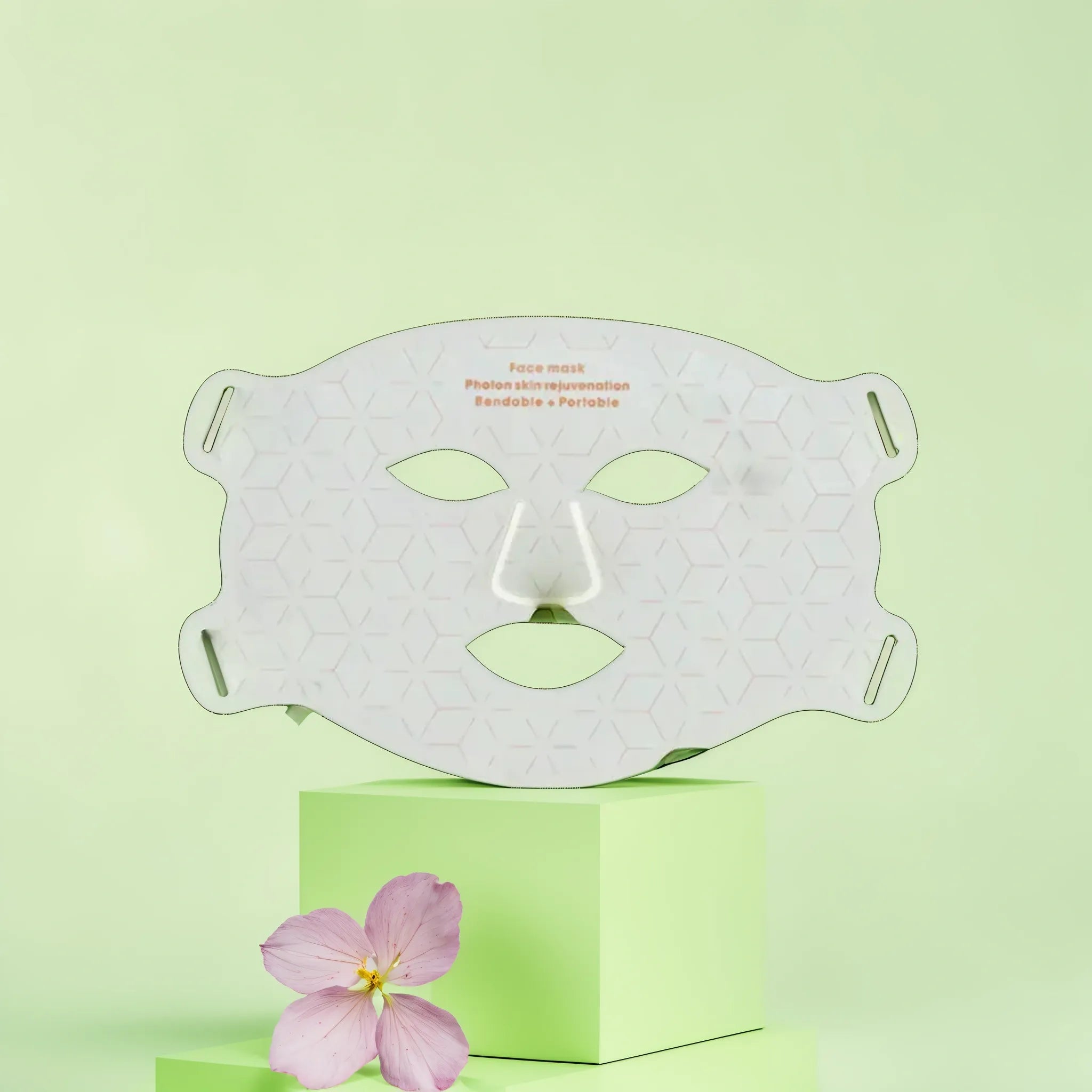
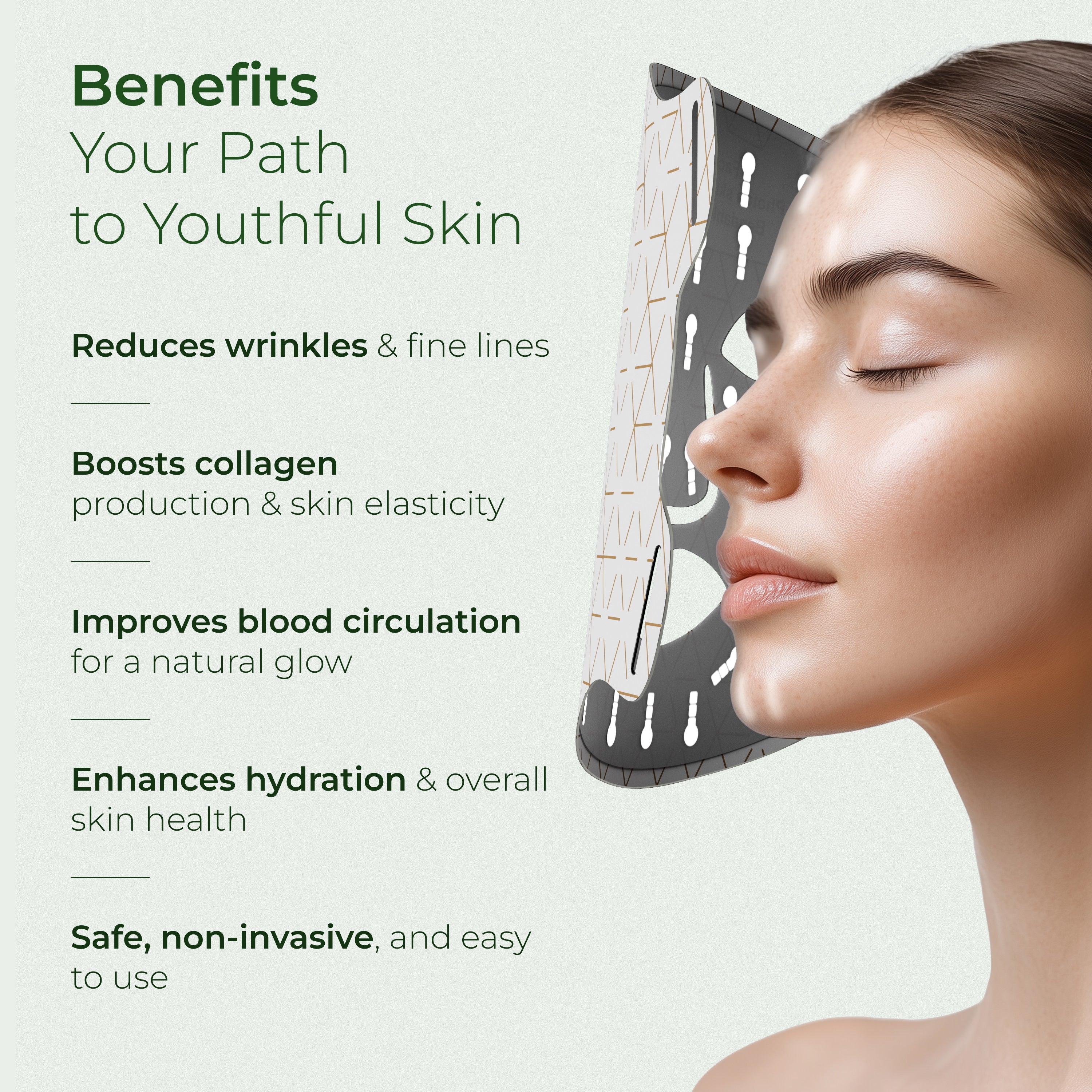


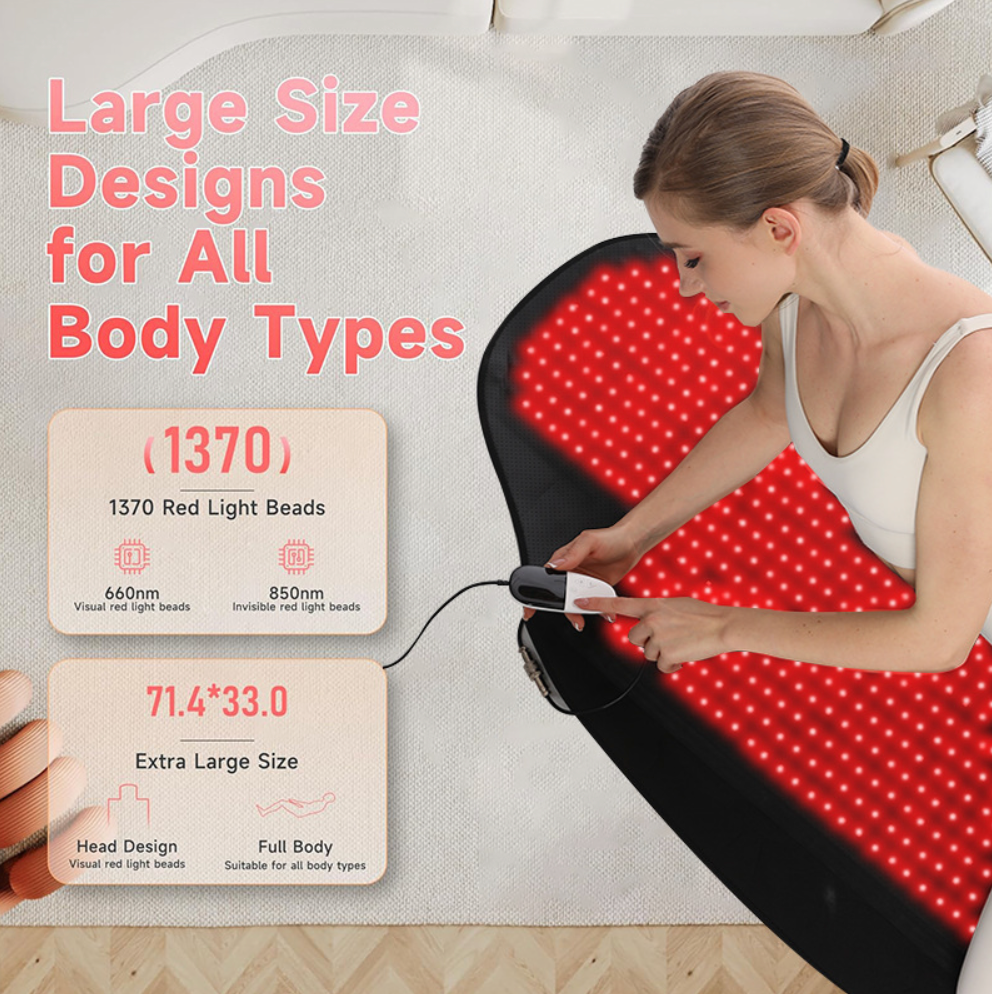
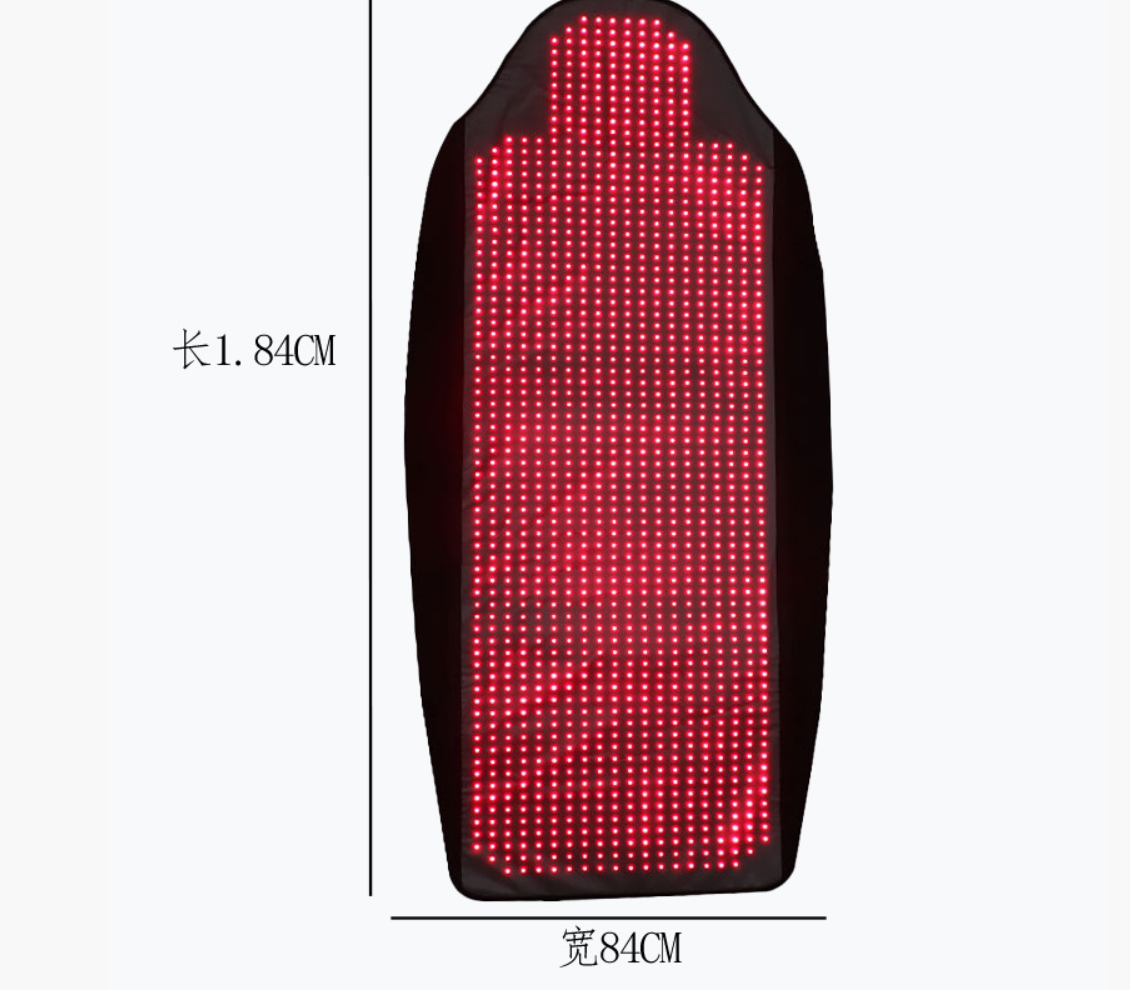
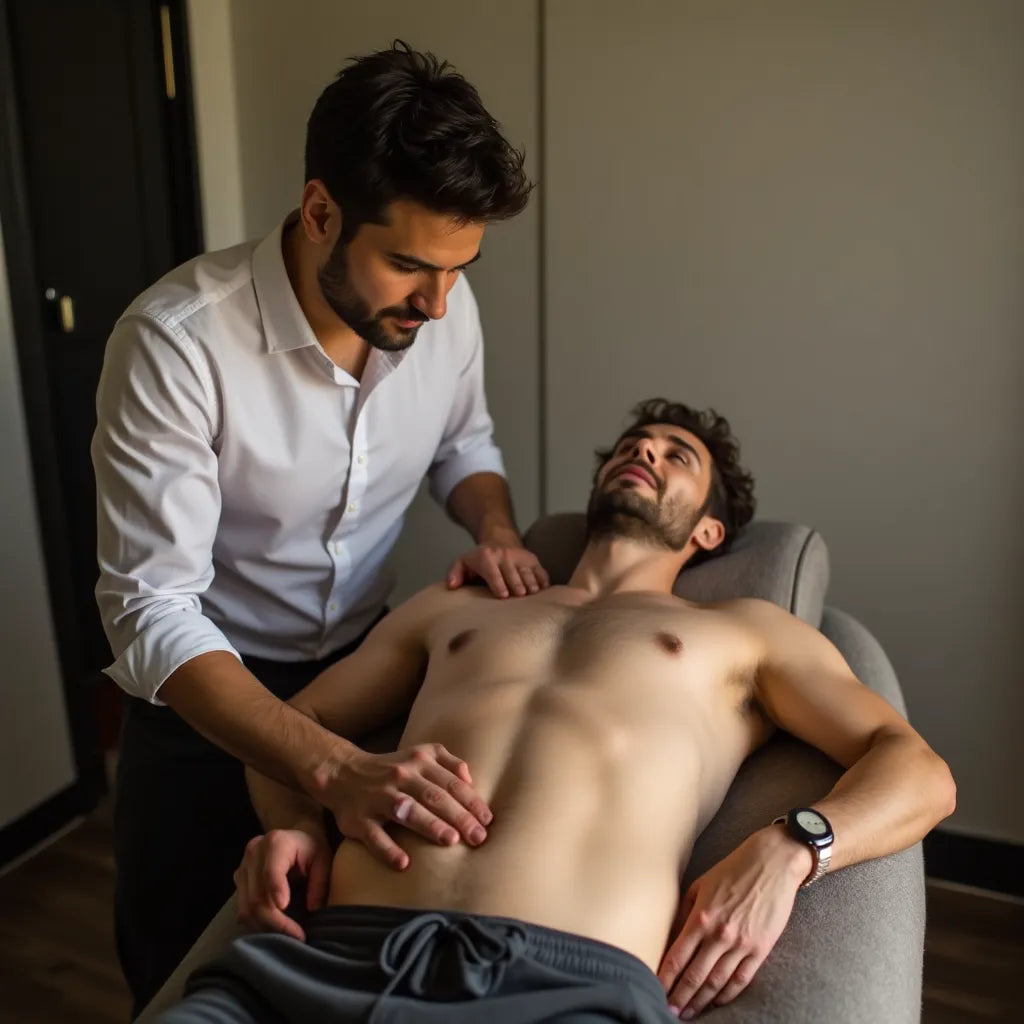
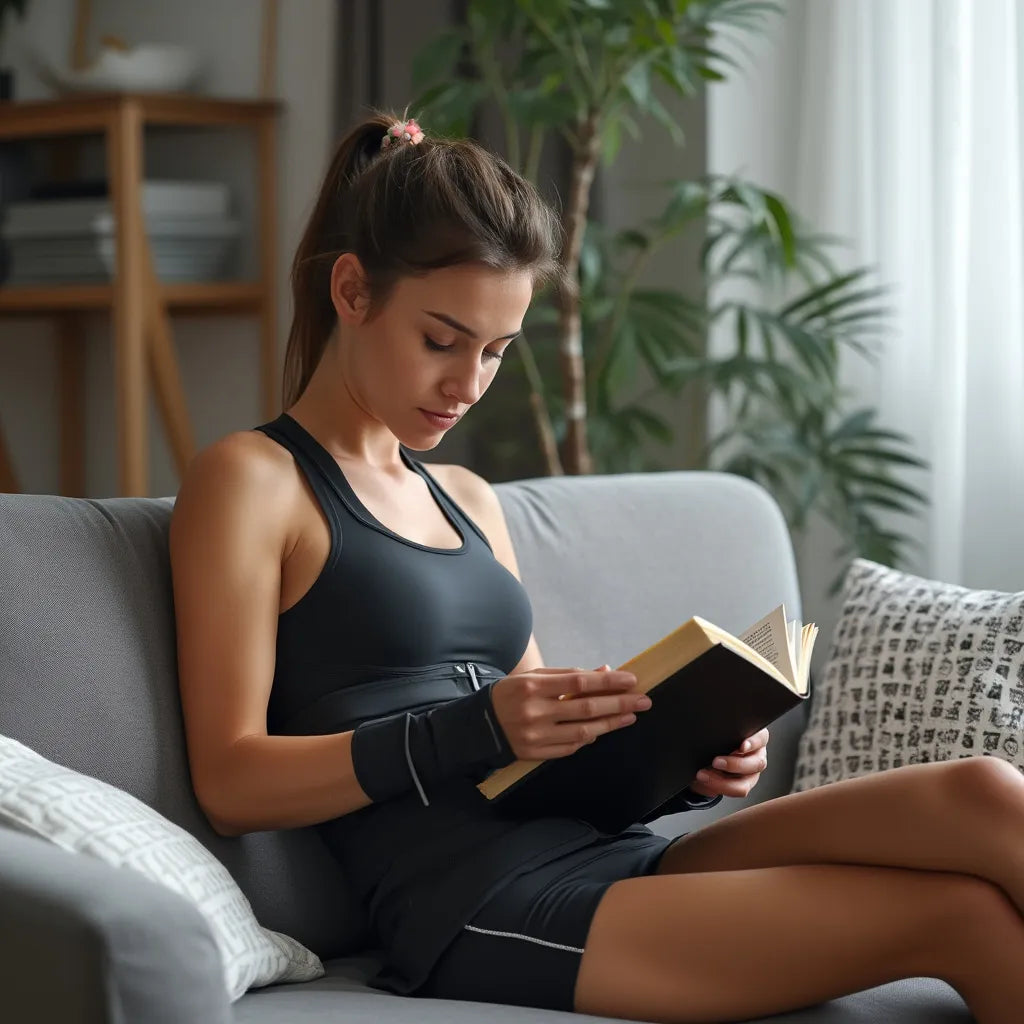
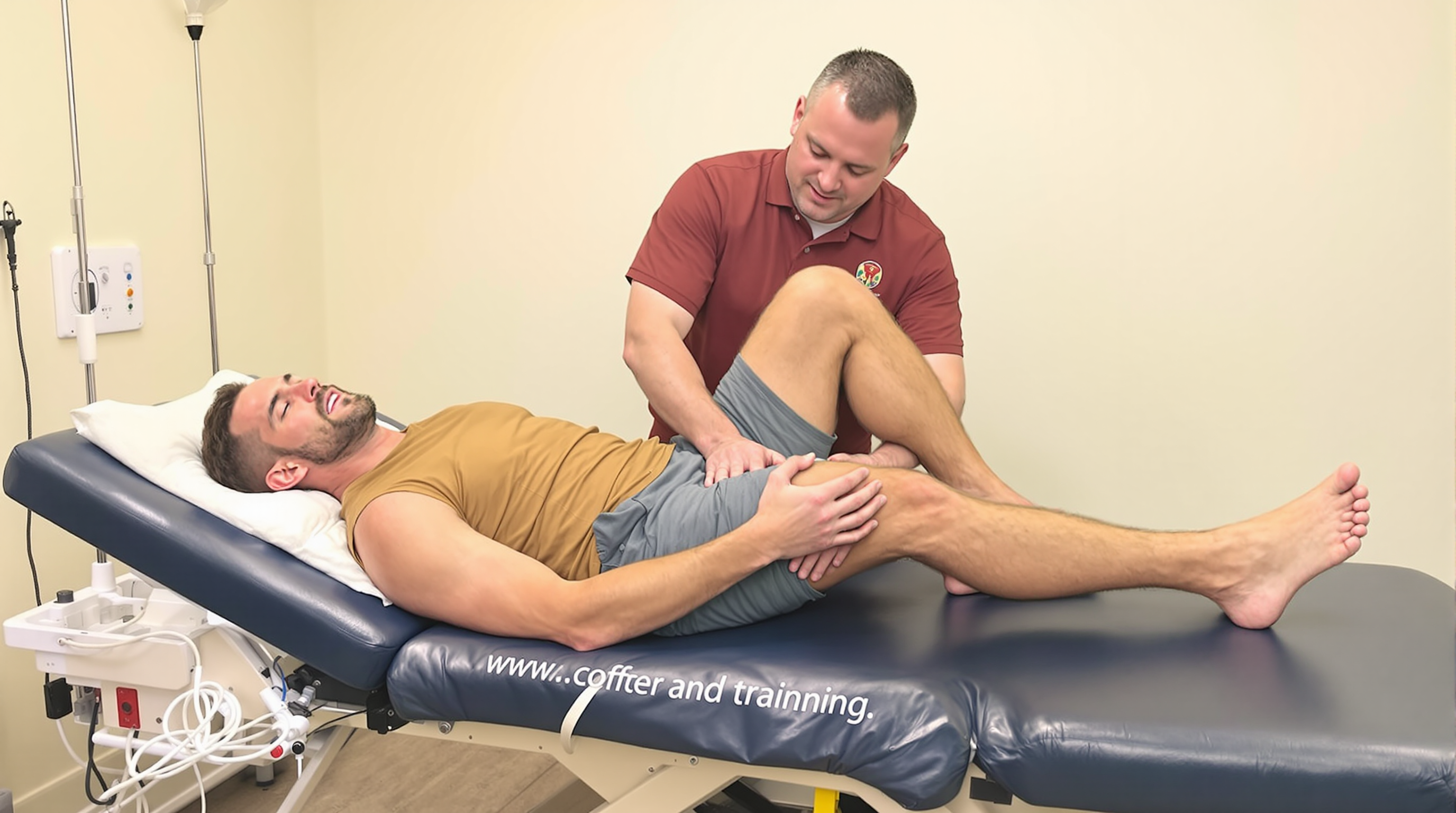
Deixe um comentário
Este site está protegido pela Política de privacidade da hCaptcha e da hCaptcha e aplicam-se os Termos de serviço das mesmas.